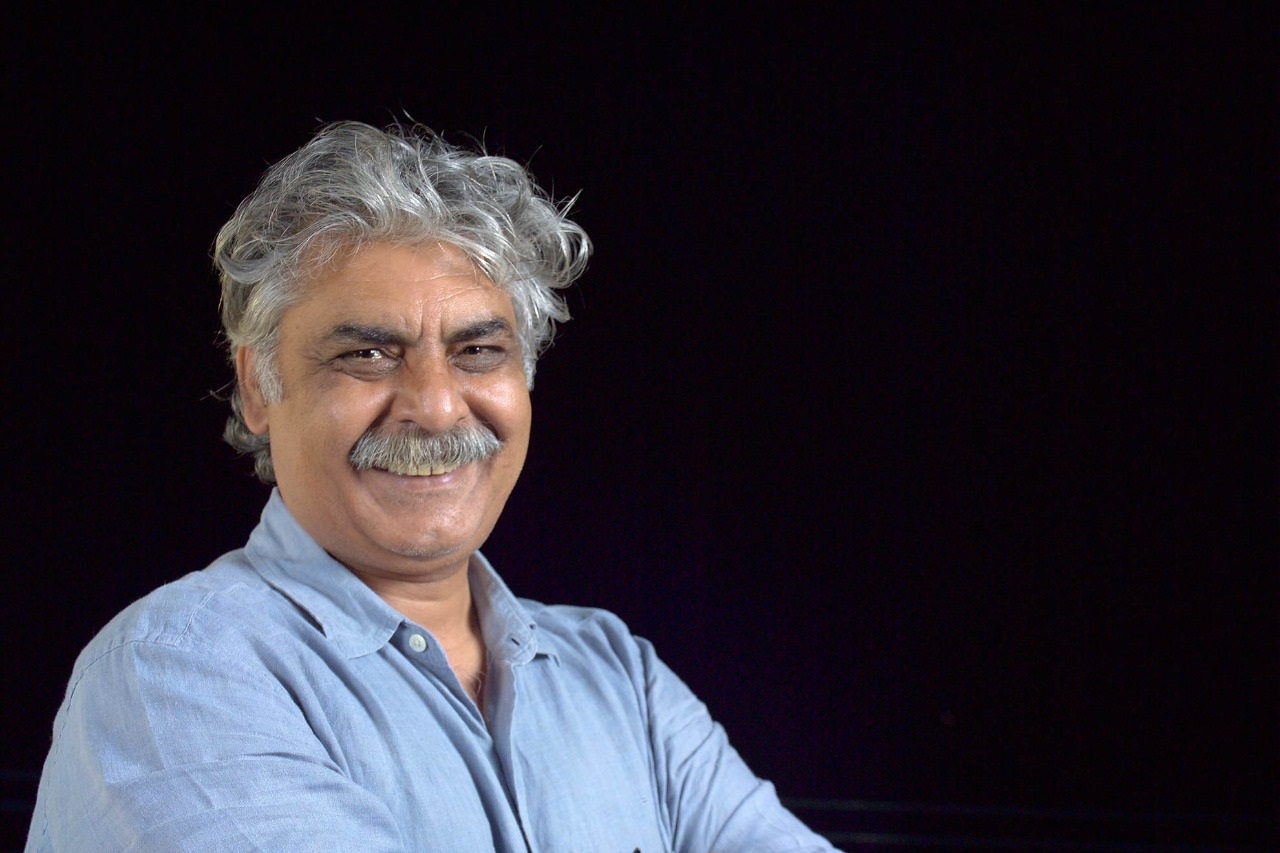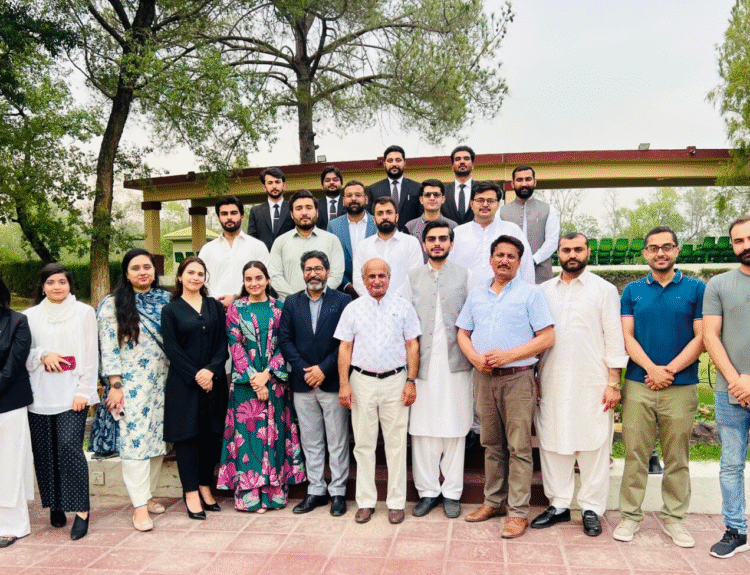By Khalid Hussain
America has gone all out levying tariffs on imports from China. China has retaliated in kind. The whole world is watching as US President Donald Trump appears to have the tail of the Chinese tiger in his hand. To say the least, the outcome cannot be pleasant for either of the two countries.
- China and the United States have been clashing about how the WTO should reform to better serve member interests, amid widening trade disputes that have rocked global markets.
Addressing a news conference on Friday, China’s Vice Commerce Minister Wang Shouwen took the fight to the World Trade Organisation (WTO). He urged the WTO to close loopholes and correct practices by some member states that
damage global trade, warning of a “profound crisis” facing the institution’s existence. China and the United States have been clashing about how the WTO should reform to better serve member interests, amid widening trade disputes that have rocked global markets.
It is interesting to note that the debate on reforming the WTO has been driven largely by the US so far. Americans hold the WTO has failed to check Chinese rule-breaking. President Donald Trump also threatened to withdraw the US from WTO membership to protect American interests.
The US wants the WTO to penalize China for subsidies to state-owned enterprises, an overcapacity in steel and other basic industries, and on intellectual property violations. The US has recently withdrawn from organisations such as the United Nations Educational Scientific and Cultural Organisation (UNESCO) and a series of international instruments such as the Trans-Pacific Partnership Agreement and the Paris Agreement on climate change.
China has taken aim at what Wang Shouwen called “excessive” agriculture subsidies enjoyed exclusively by developed countries, saying some member states had exploited loopholes in the WTO system. He also unveiled a list of detailed demand and principles to clarify reforms should uphold core WTO values, ensure fairness and protect interests of the developing countries. Referring to state-owned enterprises (SOEs), he said China opposed groundless criticism of “normal SOE and industrial subsidies” and “normal sharing of technological innovations”.
The WTO has a deadlock in appointments to its Appellate Body because America had it blocked blaming the dispute settlement body’s judges for hampering a US campaign against what it sees as unfair trade practices. China’s ambassador to the WTO, Zhang Xiangchen has also stated that his country would not have views forced upon it as he warned fellow WTO members against seeing reform as a chance to put China in a straitjacket. “The WTO should prioritise key issues that threaten the institution’s existence,” Wang said.
Chairman of Mr Trump’s Council of Economic Advisers Kevin Hassett charged in an earlier interview that China had misbehaved as a member of the WTO. He suggested that a case could be made for evicting China from the organisation. This threat was dismissed as “talking nonsense” by the Chinese Foreign Ministry on Thursday (Nov 22). “The WTO is a multilateral organisation and is not owned by the United States,” Foreign Ministry spokesman Geng Shuang said at a news briefing in Beijing, noting that the comment “fully exposed Washington’s bullying and the mentality of self-conceit”.
Earlier this month, Chinese President Xi Jinping lashed out at “America First” trade protectionism and in an open criticism of Washington underlined that global trade rules should not be applied “with double standards or selfish agendas.” Xi made the remarks at the APEC summit in Papua New Guinea, where US Vice President Mike Pence also touched on the US-China trade dispute, saying that the Trump administration will not change the course of tariffs until China “changes its ways.” Xi, however, denied Pence’s remarks, warning that no one would gain from escalating tensions between Washington and Beijing. “History has shown that confrontation—whether in the form of a cold war, hot war or trade war—will produce no winners,” he said.
Washington has imposed punitive tariffs on US$250 billion worth of Chinese imports and threatened to increase the rate on US$200 billion of them to 25 percent from 10 percent in January if China retaliated. At the same time, Beijing has slapped tariffs on US$110 billion worth of goods it imports from the US, representing about 85 percent of the total value of goods it bought from America in 2017.
China and the US have been hurling accusations of hypocrisy at each other as trade-war litigation began at WTO. Kevin Hassett, one of Trump’s top economic advisers, said in an interview with the BBC earlier in the week that China should be “evicted” from the WTO as it has “misbehaved” as a member of the organisation. “They need to start acting like the other developed nations,” the chairman of Trump’s Council of Economic Advisers, said of China in another media interview separate interview with Fox News. “We hope the summit could further strengthen consensus of all sides on supporting multilateralism”, Chinese Vice Minister for Commerce Wang said. He said China was willing to ‘shoulder responsibilities’, but won’t allow other WTO members to discriminate against it. “China is the biggest developing country in the world,” he said. “It is willing to shoulder responsibilities within the WTO in accordance with its level of development and capability, but it will not allow any members to deprive China of the special and differentiated treatment it should enjoy as a developing country member.”
China has emerged as a major global economic player by tapping into global value chains. Since China is the last stage in the chain, a finished product can appear to have come from China, even if Chinese value-added is relatively small. As U.S. tariffs are applied based on where a good is finished, not based on value-added, China could have easily affected US markets by performing earlier-stage tasks and then having the goods finished in Malaysia or some other neighbouring country. This is the problem with conducting bilateral policy in a multilateral world. In sum, this second alternative is no better than the first and decidedly worse than the current policy.
The United States has filed 12 WTO complaints that have resulted in rulings against China. In all of these cases, China has taken some action to comply. In none of them has there been an Article 22 suspension request, in which a party threatens trade sanctions due to a failure to comply. This indicates that the WTO has had success in holding China to its commitments.
The WTO is already hurtling towards crisis. Set up more than two decades ago to break down protectionist barriers and to ensure countries play by the rules of international commerce, the WTO is firmly in Donald Trump’s isolationist sights. Up to now, the White House has been waging war by stealth. Trump has garnered the big headlines for his broadsides against China, the European Union, and Canada, while at the same time conducting a quiet war against the WTO. But in late August earlier this year, President Trump aired his discontent publicly, warning that the US will pull out of the WTO unless it treats America better. “If they don’t shape up, I would withdraw from the WTO,” Trump said in an interview with Bloomberg.
This matters to every one of the WTO’s 164 members, but it matters especially to Britain, which is dependent upon the WTO for trade with other EU countries on WTO rules if it proves impossible to negotiate a bespoke Brexit deal. In fact, in little more than a year’s time, the WTO could become ineffective, opening the way for a trade free-for-all in which countries can engage in unfair trade without any legal restraints.
China has clearly understood that Trump sees trade as a modern way of prosecuting the containment strategy used by the US against the Soviet Union during the cold war. But it is the existential threat to the WTO that poses the real prospect of a full-scale global trade war. The root cause of the problem is something arcane—the WTO’s system for settling disputes between member states, which up until now has been considered one of the achievements of the last successfully complete global trade negotiations—the Uruguay Round signed in 1994. The new procedure has two stages. If a country brings a complaint against another member that cannot be resolved by bilateral agreement it is initially dealt with by a disputes panel. The panel makes a ruling, but states can appeal against the decision. The WTO’s appellate body then adjudicates and its decisions are final and binding.
Trump has claimed that the US has been badly treated by the appellate body but this is not true. The US has been good at fighting its corner at the WTO and wins more times than it loses. It is also in the privileged position of knowing that one of the appellate body’s seven members is always an American. His reluctance to accept binding foreign rulings has also been evident in his decision to pull the US out of the Trans-Pacific Partnership (TPP) and in the negotiations over the future of NAFTA, but it is the WTO row that has the most serious implications.
Under WTO rules, the appellate body has seven members, each elected for four-year terms, which can be renewed once. When an appeal is lodged, the case must be heard by at least three judges. But as judges have ended their terms, the US has blocked fresh appointments. The list of judges is already down to four and will be down to the minimum of three when the Mauritian member, Shree Baboo Chekitan Servansing, retires at the end of September. Two more members will go by the end of next year, at which point the appeals process will come to a halt.
Should that happen, the WTO would lose its system of final appellate review, and its panel rulings would seldom become binding. Aggrieved countries would then lose their legal rights under WTO rules. Failure to resolve this crisis thus runs the risk of returning the world trading system to a power-based free-for-all, allowing big players to act unilaterally and use retaliation to get their way.”
Trump might think America would do better under the law of the jungle but he is wrong about that. He would pave the way for the global economy’s other big beasts—China, the EU, and Japan—to use unfair trade practices against the US without any legal constraint. US unhappiness with the mission creep of the WTO appellate body predates Trump. There are ways out of the current impasse.
One way forward would be for the appellate body to submit matters of legal uncertainty to WTO committees for further discussion and negotiation by member states. This, though, presupposes that the US is actually interested in remaining a WTO member and that the other 163 members want the US to stay. At present, many would say good riddance if Trump walked.
Members of the G20 are expected to discuss WTO reform when they meet at a summit in Argentina next week in the wake of a failed attempt to reach agreement on the topic at an APEC forum held last week in Papua New Guinea. Chinese President Xi Jinping is also scheduled to meet Trump on the sidelines of the G20 summit.
The whole world is waiting to see which way the proverbial camel of the China-US trade war finally sits.
__________________________________________________________________________________________________________________
Khalid Hussain is Resident Editor of TLTP – You may contact Khalid Hussain at info@lawtoday.com.pk.pk



